No Pain, No Gain? The Science of Smarter Training for Cyclists
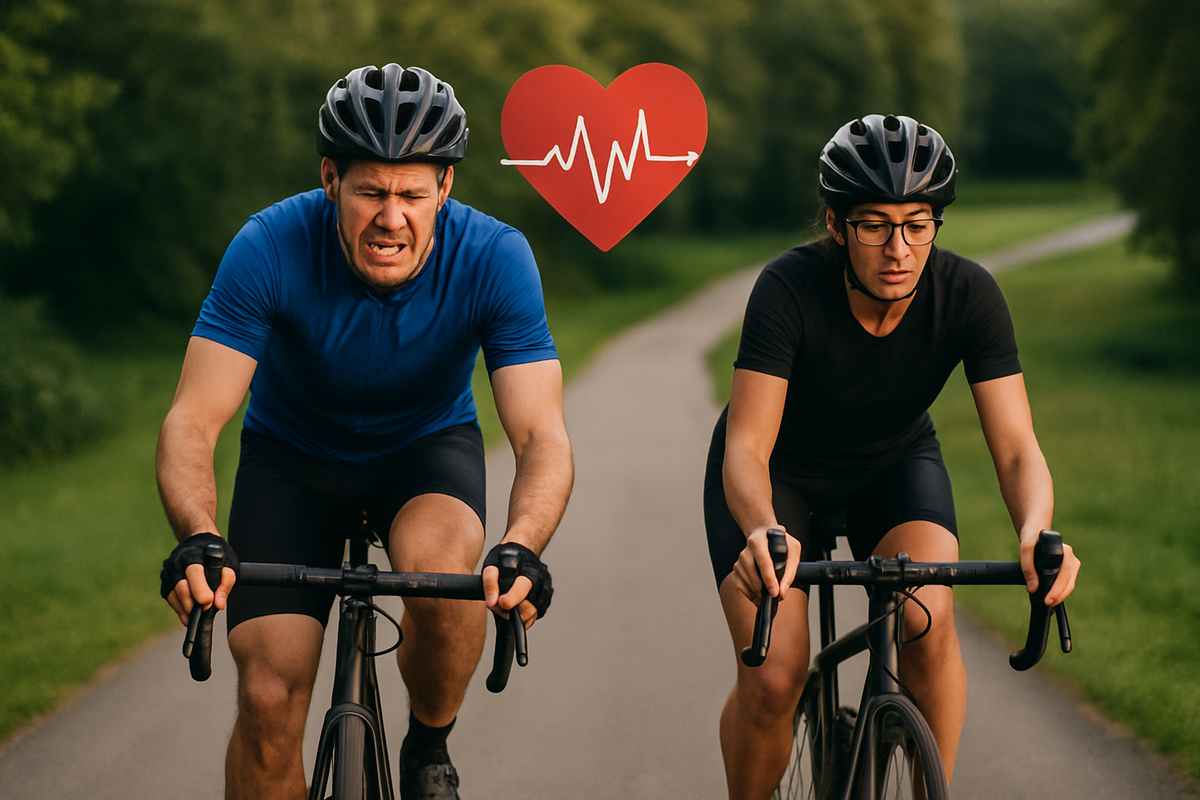
Newsletter (#142)
Ever walked out of the gym thinking, “I don’t feel wrecked… did I even do enough?”
Or finished a ride with mates and thought, “I should’ve pushed harder — that wasn’t a real workout”?
You’re not alone. There’s this deeply ingrained belief that unless you’re drenched in sweat, crawling out on shaky legs, or aching for days after, the workout didn’t count. It’s the old-school “no pain, no gain” mentality — and honestly, it’s one of the biggest myths holding cyclists back.
The truth? Training isn’t about how broken you feel after a session. It’s about creating just enough stress that your body adapts — and then letting recovery do its job. Too much stress, too often, and you don’t adapt… you just dig yourself into a hole.
And I see this all the time with riders I coach. In fact, one of my clients, Andrew, summed up exactly where this mindset leads:
“I felt awful. I felt empty. I had no energy. My resting heart rate was high. I couldn’t sleep, even when I tried. I didn’t know how to train without burning myself out again.”
That was before we worked together. Andrew had years of “go hard or go home” behind him, but it left him drained and frustrated. Once we flipped his training approach, the results turned around completely — and the best part is, the science fully backs it up.
1) Most adaptations come from lots of easy work, not constant smash-fests.
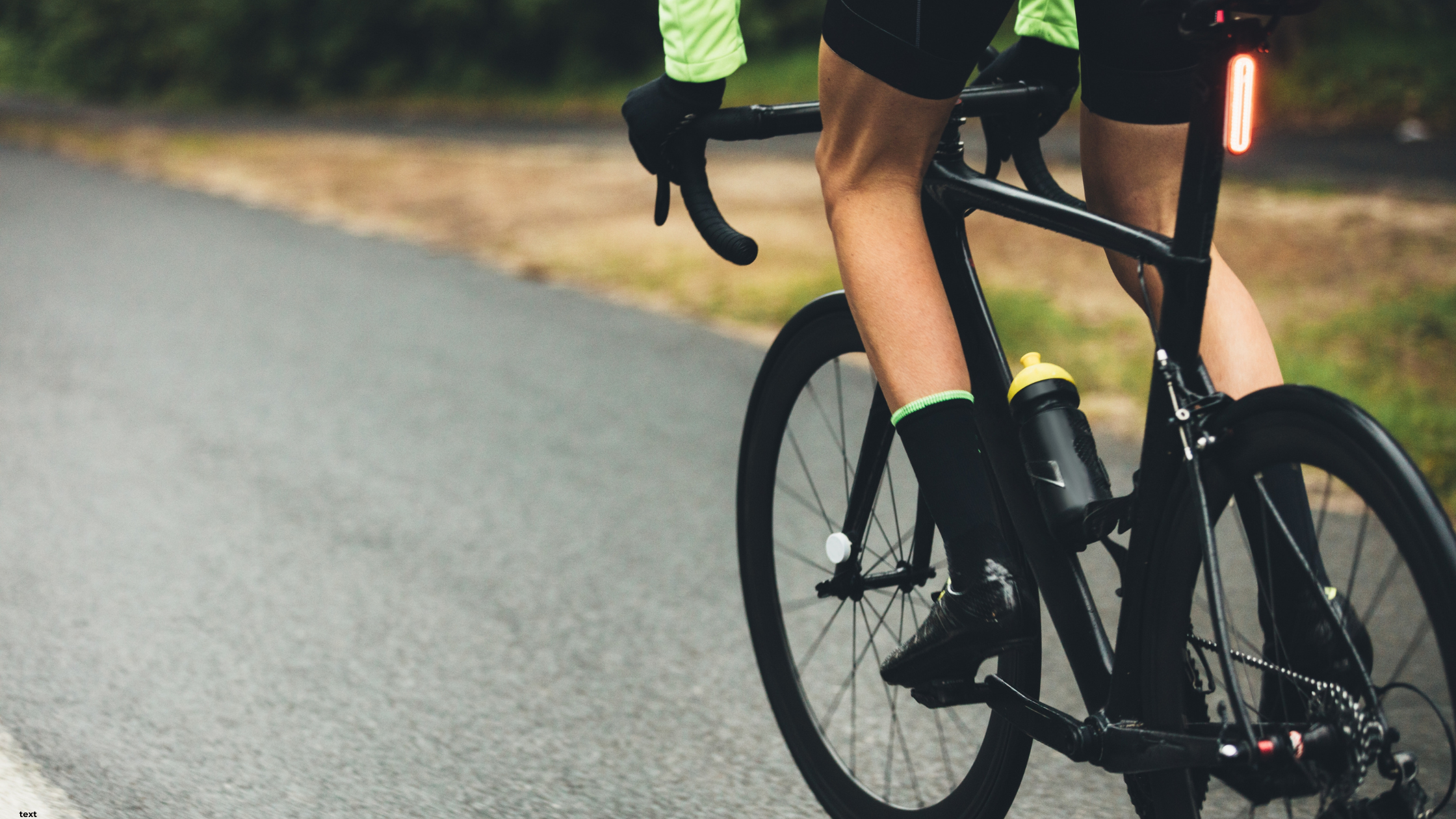
Endurance performance improves most when the bulk of training is low intensity (think 80–90% easy, ~10–20% hard). This “polarised” distribution consistently beats do-everything-hard approaches for power, time-trial performance, and lactate/VO₂ markers. In other words: pile up conversational miles, sprinkle in a little very hard.
2) Zone 2 doesn’t feel sexy, but it builds the engine.
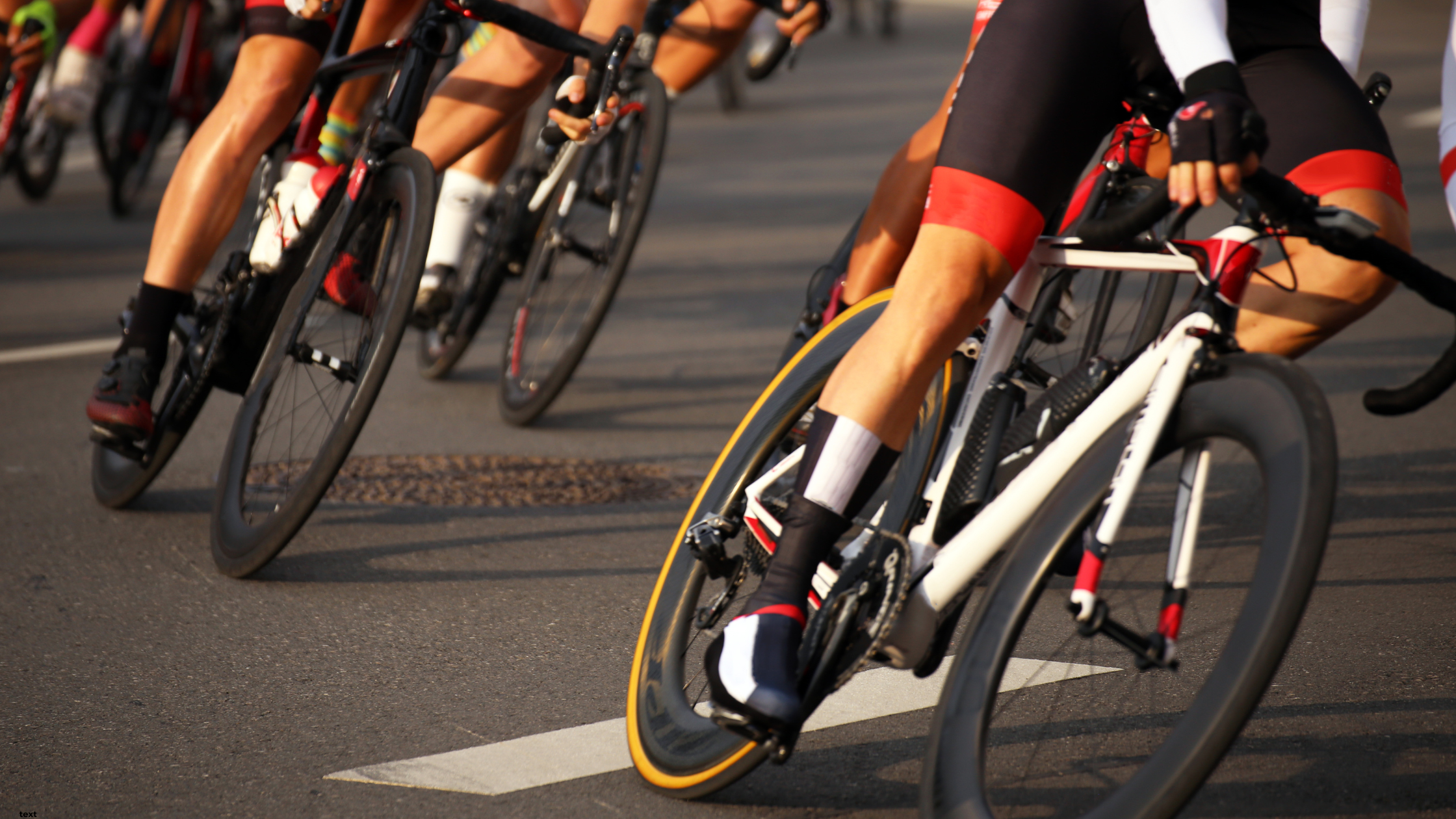
Steady, aerobic riding drives mitochondrial and capillary adaptations that improve how you produce energy and spare glycogen. You won’t feel wrecked, but under the hood you’re upgrading your power plant — the thing that makes all later “hard” work more effective. (There’s healthy debate on “zone 2 hype,” but the core point stands: high-volume low-intensity is a proven foundation.)
3) Smash-every-session raises injury and burnout risk.
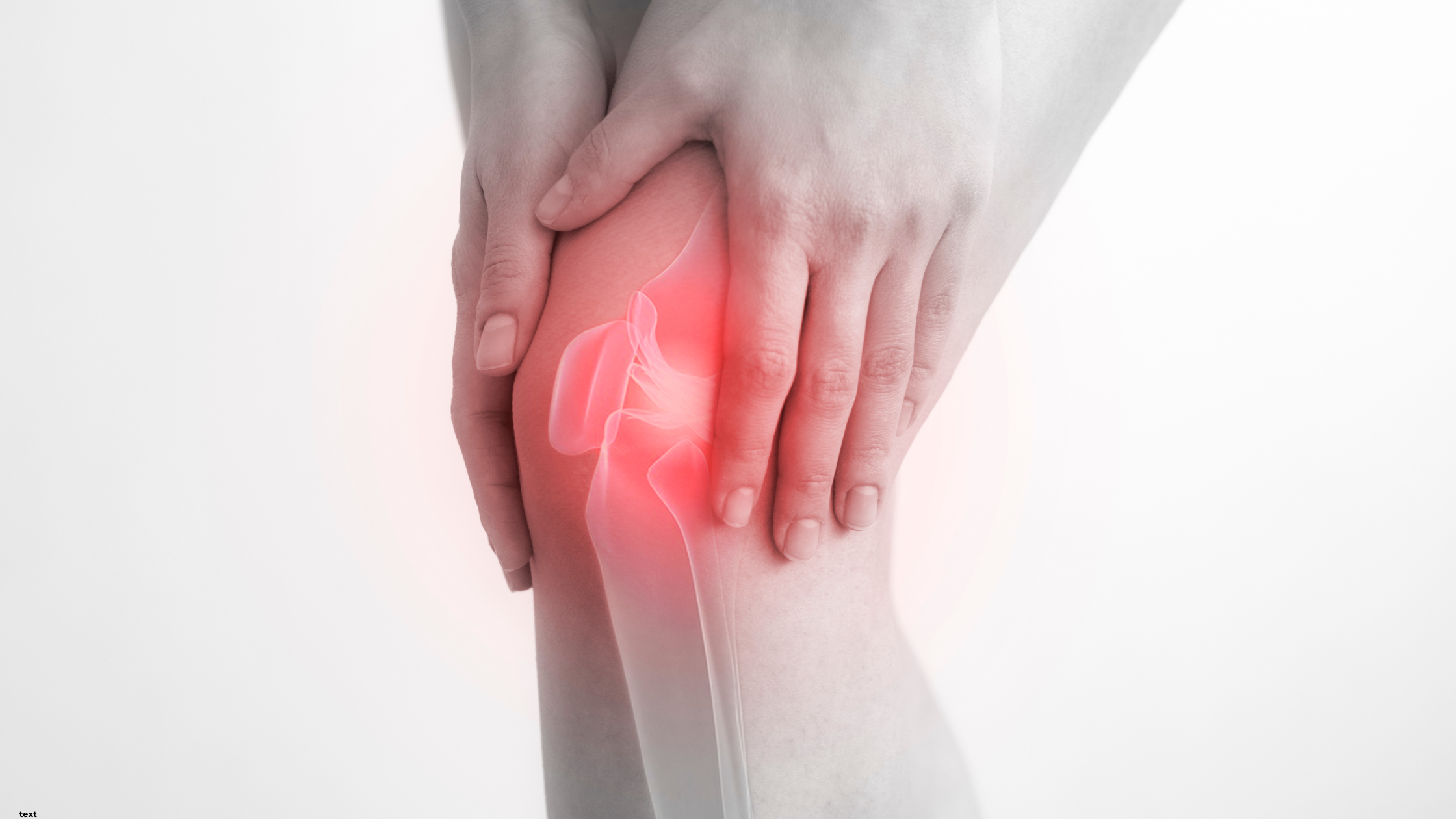
Overtraining syndrome isn’t “toughness”; it’s a maladaptation from too much stress with too little recovery. Red flags include elevated resting HR, mood/sleep disruption, and falling performance. Translation: if you’re sleeping badly, edgy, and slower despite working harder, you’re not adapting, you’re frying.
4) Strength training helps cyclists — you don’t need to train like a bodybuilder.
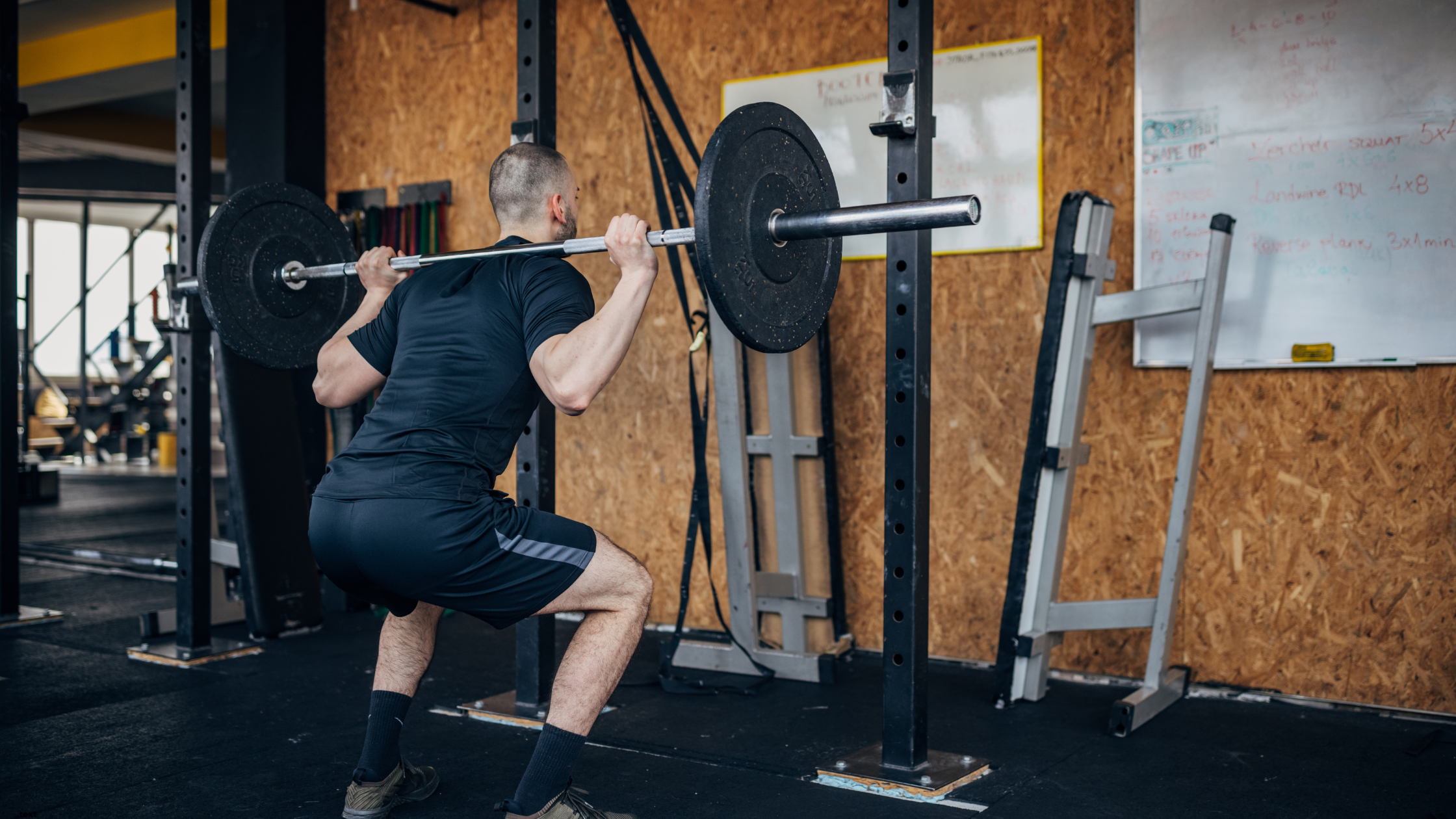
1–2 short, progressive sessions per week can improve cycling economy and power; you can maintain gains with even less. You should leave feeling worked, not wrecked. Consistency beats “annihilation.”
Fueling makes “easy” feel easy (and stops the weekend blow-out).
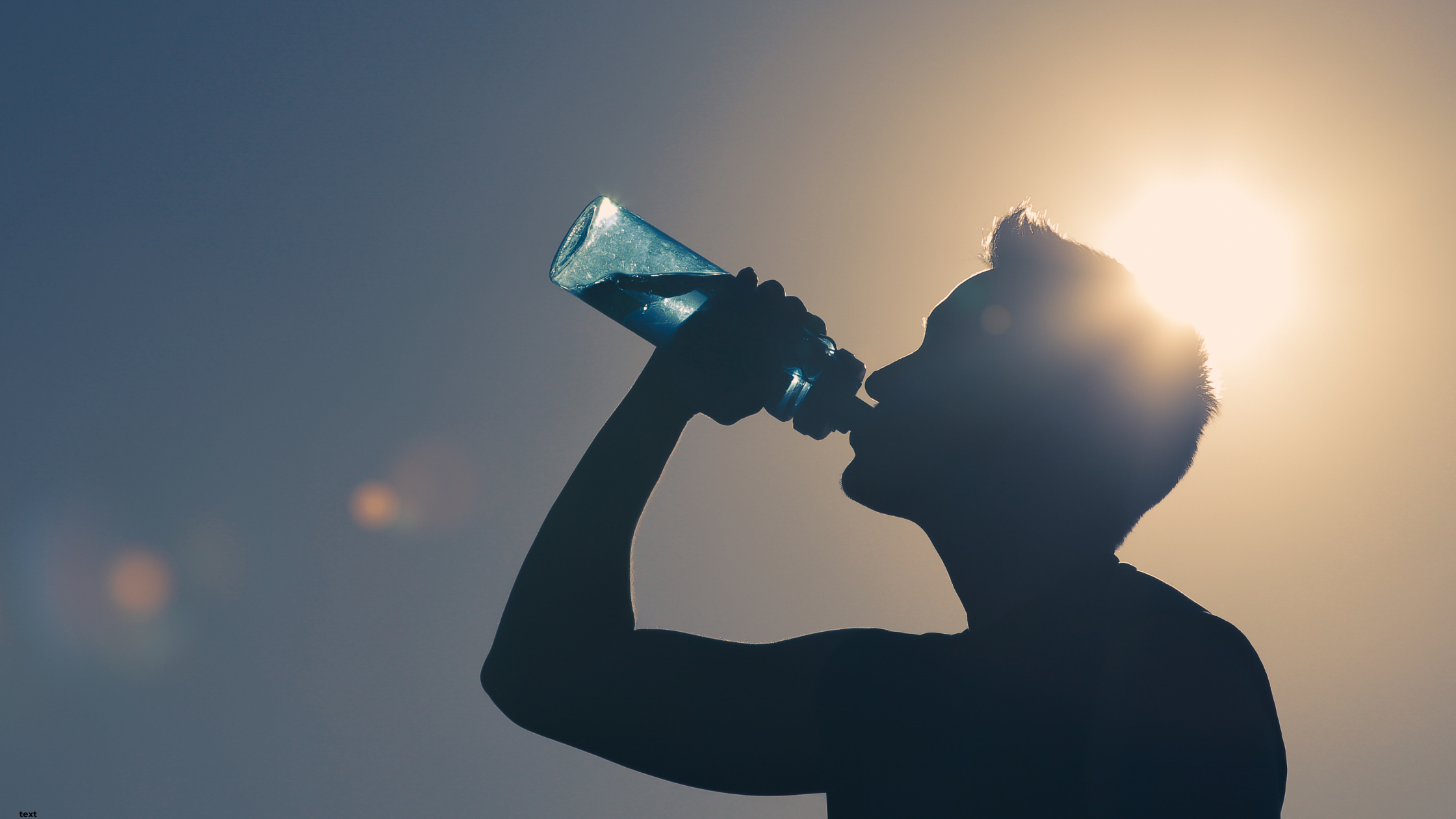
Under-fueling turns a simple aerobic ride into a death march, spikes cravings later, and tanks sleep/recovery. Practical targets: ~30–60 g carbs/h for most rides over 60–90 min; up to ~90 g/h on longer/harder days if your gut tolerates it. (Carb rinse or lower intake can work for <60 min.) Refuel with carbs + protein post-ride to speed recovery.
Andrew’s story (science in real life)
Andrew (51, engineer, decades of endurance under his belt) came to me cooked:
“I felt awful — empty, no energy. Resting heart rate was high. I couldn’t sleep. I didn’t know how to train without burning out again.”
We dialled back the “beast mode” and did three simple things:
- More low-intensity volume, one targeted hard session a week (not five).
- Fuel the work (carbs on the bike, sensible deficit off the bike).
- Short, repeatable strength work (not crawl-out-the-gym leg days).
Result?
“Numbers going up rather than down… leaner, stronger, actually enjoying training. It’s not rocket science once you get your head around it — worth every penny.”
That lines up perfectly with the literature above: distribute intensity wisely, fuel appropriately, and the boring, repeatable work compounds.
Check out the full interview here!
What to do this week (simple, evidence-based)
- Rides: Make ~4 of 5 sessions Zone 2 (conversational). Keep 1 hard day (threshold/VO₂ or a purposeful climb effort on a group ride).
- Fuel:
- 60–90 min: aim ~30 g carbs/h.
- 2–4 h: aim 60–90 g carbs/h (train the gut).
- Post-ride: carbs + 20–40 g protein within a couple of hours.
- Strength: 1–2 sessions/week, 30–45 min, big movements (squat/hinge/push/pull), stop 1–2 reps shy of failure. Walk out feeling capable, not crippled.
- Recovery checks: Track resting HR and sleep. If HR is trending up and sleep’s tanking, back off for 2–3 days — that’s how you protect long-term gains.
Bottom line
You don’t need to “feel destroyed” to adapt. Most of your fitness is built by easy done often, topped with a little hard done well, consistently fueled. That’s how Andrew got his mojo back — and it’s how you’ll keep stacking weeks, months, and years without falling apart.
Whenever you're ready, here are the ways I can help you:
- The Cycle Lean Blueprint: This comprehensive, all-in-one product is everything you need to shed kgs and ride faster.
- The Cycle Lean Collective: Get ready to transform your fitness journey with our new and improved monthly membership program.
I am an ambassador for:
Awesome Supplements: Award Winning Supplements — Our plant-based awesome protein powder is 100% UK-made with low-sugar, gluten & dairy-free.
The best protein powder I have ever tasted.
Get 10% off any product/ every time you make a purchase when using my code: DAMERELL10 at Awesome Supplements.
References:
1) - https://pmc.ncbi.nlm.nih.gov/articles/PMC3912323/
2) - https://pubmed.ncbi.nlm.nih.gov/39390310/